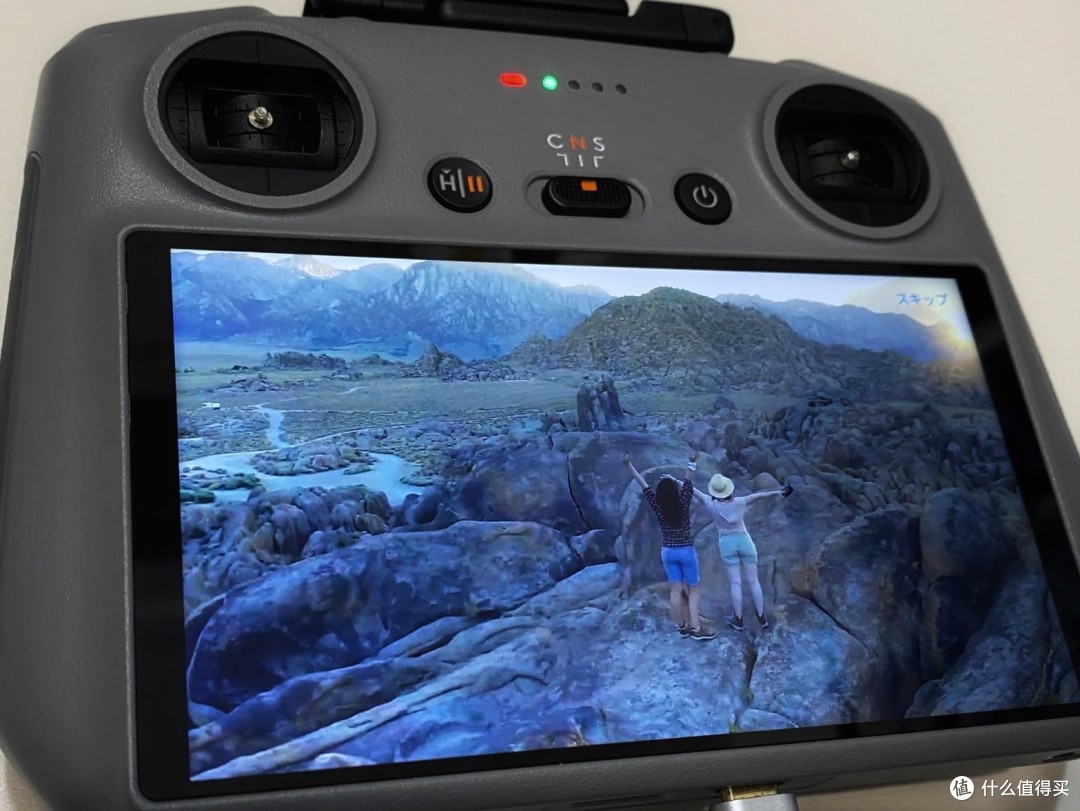In recent years, hunting has undergone a significant transformation with the integration of technology, and one of the most revolutionary advancements is the use of drones equipped with thermal cameras. These devices are changing the way hunters approach their craft, offering unparalleled advantages in tracking and locating game. Whether you’re a seasoned hunter or a newcomer eager to enhance your skills, understanding the utility of drones with thermal cameras for hunting can greatly improve your success rates.
Why Drones with Thermal Cameras are Effective for Hunting
Drones equipped with thermal cameras offer a unique capability that standard hunting tools cannot: the ability to see heat signatures from animals. This functionality is particularly useful in low visibility conditions such as at dawn, dusk, or in dense foliage. The thermal camera detects the infrared radiation emitted by warm bodies, making animals visible against the cooler background of their surroundings. This immediate visual feedback allows hunters to efficiently locate and track animals that might otherwise remain hidden or obscured by their natural habitat.
Expanding Your Hunting Grounds
A significant limitation for many hunters is the physical ability to cover vast hunting grounds on foot. With a drone, you can easily survey larger areas quickly and with less physical exertion. This not only saves time but also allows you to strategize your approach and positioning based on the real-time data provided by the drone’s high-tech capabilities. It’s about working smarter, not harder, and these drones certainly offer the efficiency and precision required to do just that.
Reducing Human Impact
Traditional hunting often involves a lot of movement through potentially delicate ecosystems, which can disturb wildlife beyond the targeted game. Drones reduce the need for substantial physical presence in the area, minimizing environmental disruption. By scouting and tracking animals from above, hunters can plan approaches with minimal environmental impact.
Using a Drone Responsibly
While the advantages of using drones with thermal imaging are clear, it’s essential to utilize them responsibly and ethically. Always adhere to local wildlife and drone regulations. These rules often cover restricted areas, flying heights, and times you can operate drones within hunting zones. Respect for wildlife and their habitats ensures that hunting remains a sustainable and respected practice.

- Check Local Legislation: Laws around drone usage can vary significantly depending on your location, so always ensure that your drone activities are compliant with local rules.
- Drone Maintenance: Regular maintenance of your drone ensures it operates efficiently and does not fail you when you need it most. This includes battery checks, software updates, and camera calibrations.
Choosing the Right Drone
When selecting a drone with a thermal camera for hunting, there are several factors to consider. The range and flight time of your drone will dictate how extensively you can survey your hunting grounds. Additionally, the resolution quality of the thermal camera is crucial for accurately identifying game from a distance. Opt for models with excellent battery life and sturdy builds that can withstand the outdoor elements.
Imagine the advantage of seeing through nocturnal conditions or heavy brush with the advanced perspective provided by aerial drones, giving a hunter not only a new set of eyes but a whole new outlook on the hunt.
FAQs About Drones in Hunting
Are drones with thermal cameras legal for hunting everywhere?
No, legality varies by region. Always check local laws and regulations regarding the use of drones for hunting purposes. Some areas restrict drone usage to protect wildlife or ensure fair hunting practices.
What are the training requirements for operating a drone in hunting?
While specific requirements can vary, a basic understanding of drone operation and controls is necessary. In some regions, certification or a drone pilot license might be required, even for recreational use. Ensure you’re well-informed about your area’s requirements before using a drone in hunting.
Can drones help with conservation efforts along with hunting?
Absolutely, drones can offer valuable data for conservationists by tracking animal populations, studying wildlife behavior, and monitoring habitats. When used ethically, drones provide information that assists both in conservation and sustainable hunting practices.